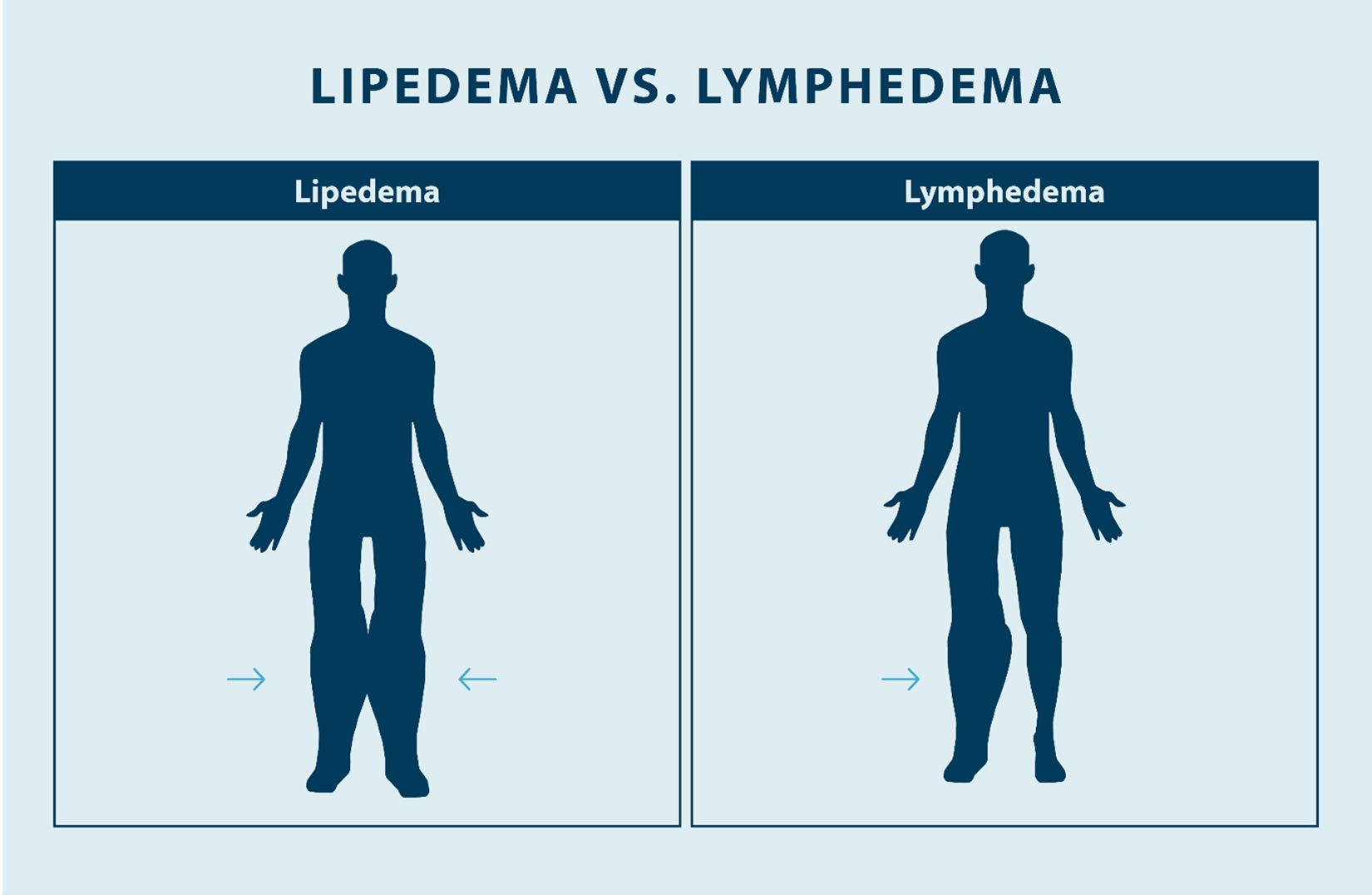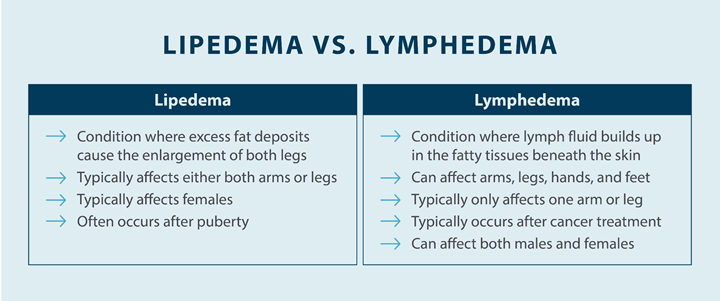Are There Treatments for Lipedema?
Much like lymphedema treatment solutions, lipedema treatment focuses on reducing the severity of symptoms and preventing progression. Fortunately, there are several at-home lipedema management solutions that can be prescribed by your doctor to treat symptoms such as swelling and pain.
At Tactile Medical, we offer lipedema management solutions that you can use from the comfort of your home. With both full-leg and half-leg garments, you can direct lymph fluid straight from your toes to the top of your thighs or knees to reduce swelling and provide relief. Your doctor might also recommend Tactile’s Flexitouch System, which is an advanced pneumatic compression device. Mild, dynamic pressure is delivered in 1-3 second intervals, creating a gentle “work and release” action that stimulates your lymphatic system to help reduce the symptoms of lipedema.
Your doctor or lipedema specialist can also provide recommendations on how to manage your symptoms. Making lifestyle changes is one of the best things you can do to reduce the effects of lipedema on your body. By making tweaks to your lifestyle, such as incorporating more exercise and eating more nutritious foods, you can help slow the progression of lipedema symptoms. Emotional support is also an important part of dealing with lipedema, especially if the changes in your body have taken a toll on your mental health.
In some cases, you may have an existing health problem that’s also contributing to swelling in your legs. If this is the case, it’s important to treat this underlying health condition in addition to focusing on reducing the severity of lipedema symptoms.
Complete decongestive therapy (CDT) is one of the most common treatment options for lipedema. This therapy involves techniques such as lymph drainage, compression therapy, and mobilization to help reduce the enlarging of your legs and manage pain and other symptoms. If this treatment isn’t effective, you may need to talk to a medical expert about surgery for lipedema. By using liposuction and excision, a surgeon can remove some of the built-up fat deposits in your body.


